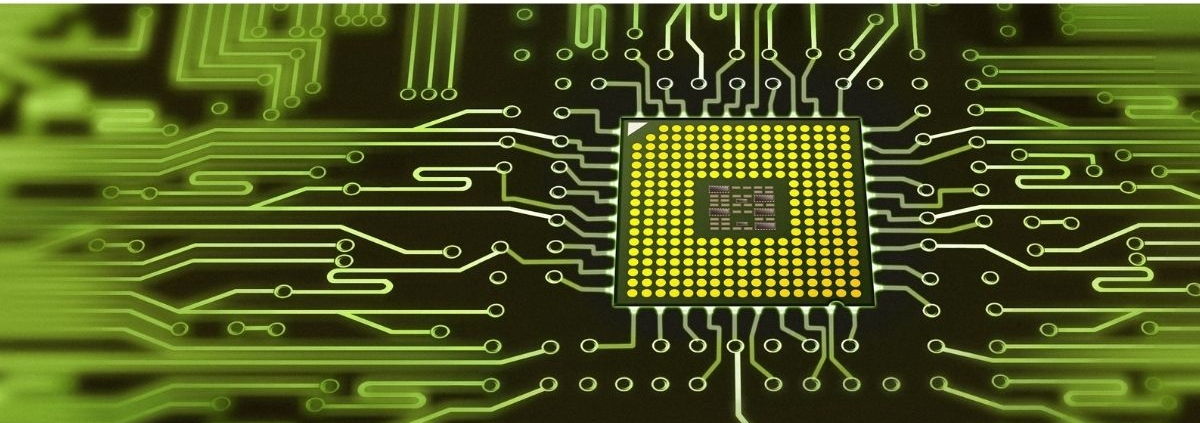The semiconductor chip wars are heating up, and India is smelling an opportunity. This is understandable, but the problem is, so are other ambitious countries. Add to this the inherent peculiarities that the chip industry faces — supply shortage, political tussles, fragmented nature of manufacturing facilities — and you have quite a potboiler at hand!
It is a no-brainer that the modern world cannot function without semiconductor chips — they power many consumer products of everyday life. Of late, however, there has been a major chip shortage globally. And to make matters worse, the supply chains are collapsing. This has caused a frantic struggle among nations to develop chip fabrication facilities, or fabs as they are called colloquially.
However, that is easier said than done. Chip manufacture is a complex and expensive affair that takes decades of R&D to master the know-how. The current market leader, Taiwan, which accounts for 65% of global supplies, took 21 years to attain leadership in chip foundry manufacturing. Two Taiwanese companies, Taiwan Semiconductor Manufacturing Company (TSMC) and United Microelectronics Corporation, now rule the roost.
While Taiwan is the biggest supplier, China is the largest chip buyer, gobbling up 60% of all chips made globally. But China, true to its hegemonic approach, is not content with just buying them — it wants to manufacture them as well and be self-sufficient. China’s aspirations got a shot in the arm when its telecom equipment company, Huawei, developed a chip for use in 5G devices. But even so, it had to rely on US tech for chip design.
Such is the R&D-intensive nature of semiconductor chips that, after slogging it out for 20 long years, all China managed was sub-standard/partial chips. Taking this as a precedent, it is safe to assume that China’s capabilities are limited to manufacturing 14-nm chips that compare poorly with the 5-nm chips of Apple’s iPhone. Word has it that Apple’s i-pad may soon come out with a 3-nm chip, which will be a gamechanger, as it will be 15 times faster than the 5-nm variant and consume 25% less power. The long and short of it is that the US still controls IP, design, and technology when it comes to the chip trade. So, where does all this leave India?
Investments, top-down actions, and partnerships: Cracking the chip code
Frankly, India has a lot of catching up to do. That is not to say it has not initiated its journey towards chip ascendancy. In December 2021, the Indian government rolled out an incentive scheme worth roughly $10 billion to attract international semiconductor and display manufacturers and strengthen its manufacturing capabilities.
But while the government has expressed hopes that local production will start in the coming two to three years, there are a lot of unanswered questions. Fabs need significant annual investments. Consider the statistics: Global chip giants, such as Intel, Samsung, TSMC, and the like, spend well over $20 billion in R&D, process improvement, and new fabrication machinery every year. Fab tech is complex and often accompanies high failure rates.
In this scenario, what India really needs to do is pick and choose the aspects of the chip value chain that it is best suited for. As of now, it is advisable for the country to give fabs the go-by and concentrate on chip design, Assembling, Testing, and Packaging (ATP). There is a real opportunity for India to ally with the US to develop a new supply chain for chips — the US has already sought help from countries other than China to do so. And if the country plays its cards well, it can emerge as a market leader in the non-fab segment of the semiconductor chip value chain. Thereafter, as the current toxic geopolitical climate clears up, and as it understands the ropes of the chip industry, India can scale to end-to-end capabilities.



